
Polarized Training Pathway
In collaboration with Dr. Stephen Seiler, the “father of polarized training,” we have curated everything you need to know about the 80/20 training method.

Cycling training is a science and an art. How endurance athletes train, when they train, and the intensity and duration of that training all affect the gains and adaptations they see.
Proper interval execution is essential to see the expected progress. How you analyze and interpret all that data is equally valuable. Of course, training needs to be planned so it fits into any given season, race schedule, and lifestyle. Off the bike, the importance of strength and conditioning is often neglected.
This is training. This process is what athletes live for.

In collaboration with Dr. Stephen Seiler, the “father of polarized training,” we have curated everything you need to know about the 80/20 training method.
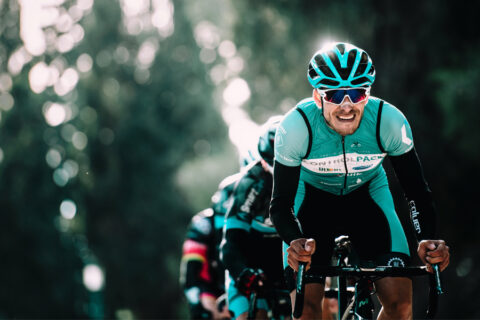
Interval workouts are a fundamental part of any endurance training program. Learn exactly what intervals are, why they are so important, and how to properly execute interval workouts with the help of Sebastian Weber, Neal Henderson, and Dr. Stephen Seiler.
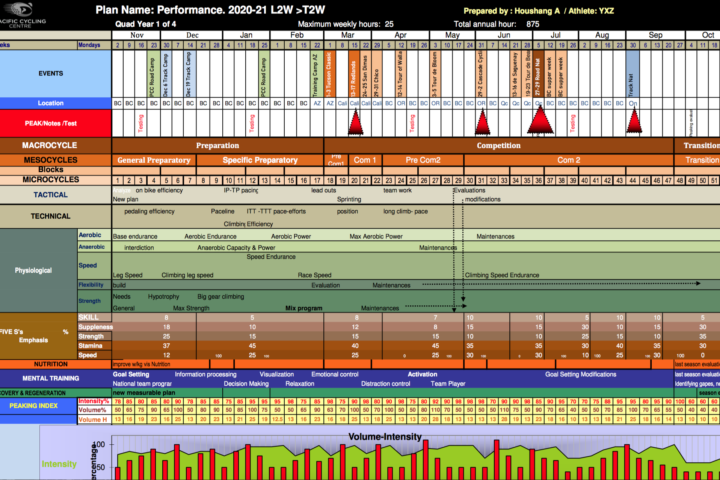
We review the art and science of developing and maintaining an annual training plan, which helps athletes progress and perform at their best.
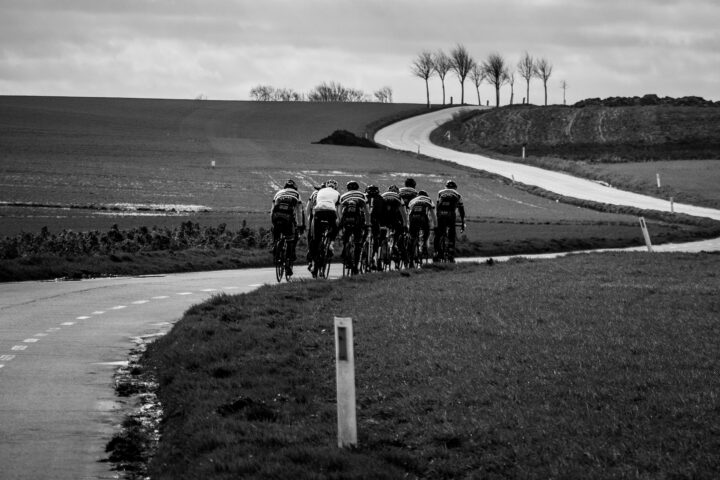
It’s hard to find time to fit in the long, slow miles that traditionally comprise the base season. Coach Trevor Connor offers suggestions for improving life-training balance, understanding quality versus quantity, and more.
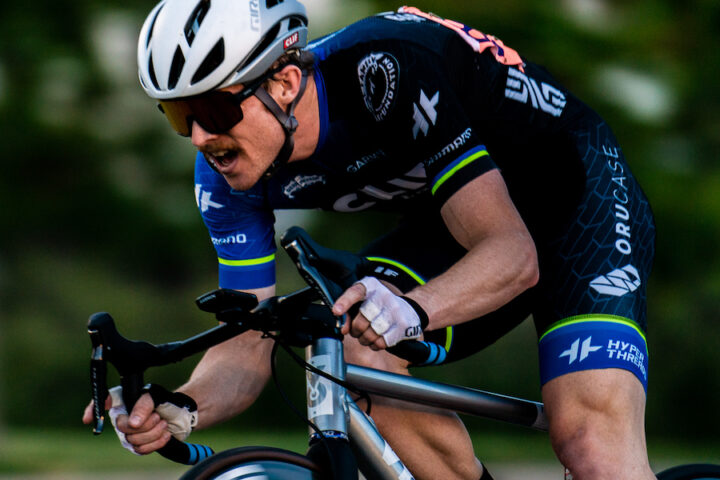
The concepts of central and peripheral conditioning help explain why an effective training base period leads to speed and durability in the race season.
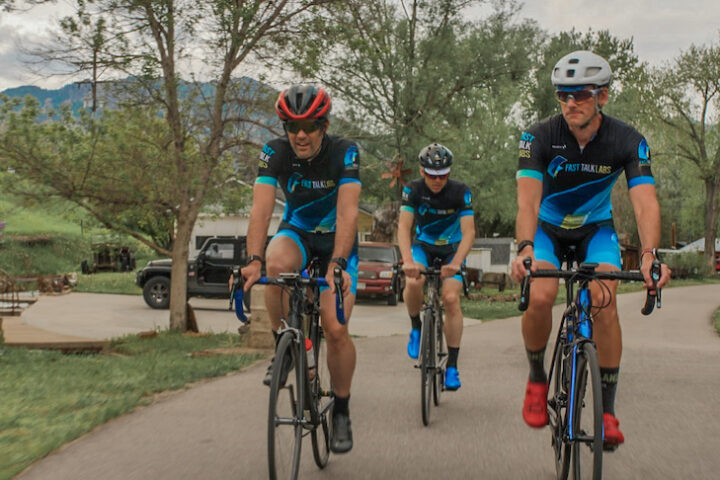
Fast Talk all-star guests including Dr. Iñigo San Millán, Kendra Wenzel, Joe Friel, Lennard Zinn, and Brent Bookwalter reveal their favorite workouts.

Fast Talk all-star guests including Dr. Iñigo San Millán, Dirk Friel, and Ben Delaney reveal their favorite workouts.

Coach Ryan Kohler details this base-season workout that will help you maintain a high aerobic output over a long duration.

It’s hard to find time to fit in the long, slow miles that traditionally comprise the base season. Coach Trevor Connor offers suggestions for improving life-training balance, understanding quality versus quantity, and more.
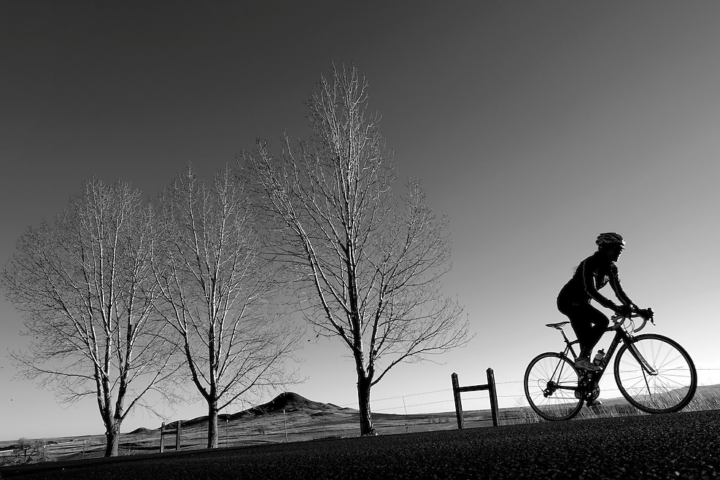
The concept of base training has been a part of endurance training for decades. Laying a foundation of fitness early in the season sets the stage for success later on. With the help of Joe Friel, Dr. Stephen Seiler, and Dr. Andy Pruitt, we explore the how and why of this fundamental aspect of endurance training.
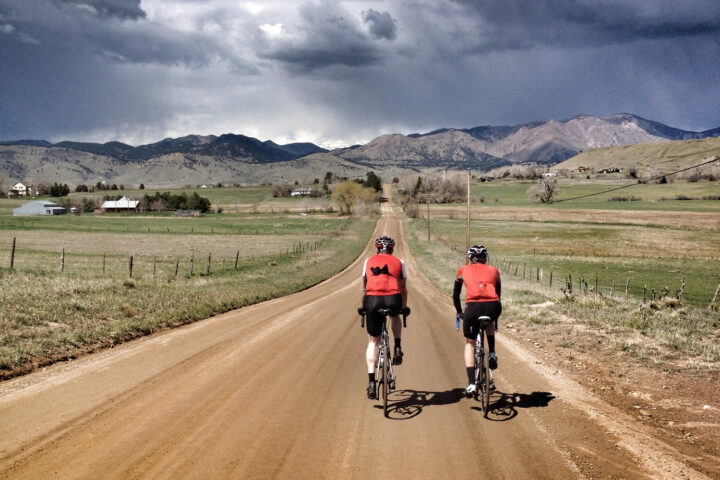
Are you tempted to throw out those five-hour rides—not enough time or willpower, or maybe you find them boring? Don’t do it! Trevor Connor explores the adaptations that can only be gained from long, slow miles.

We discuss the nuances of base season planning, from the appropriate intensity distribution to the time it takes to produce gains from both aerobic and anaerobic work, and much more.
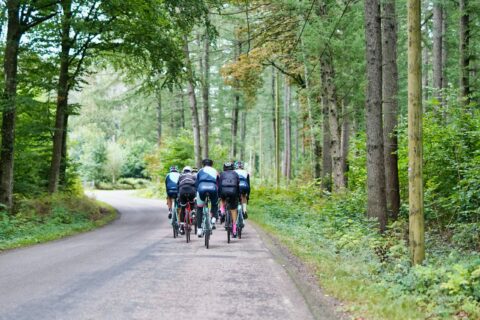
In an age when athletes often focus on the specifics, we address the importance of focusing on the fundamentals: training, recovery, and functioning gear—the things that will bring you the greatest return for your investment of time, sweat, and energy.
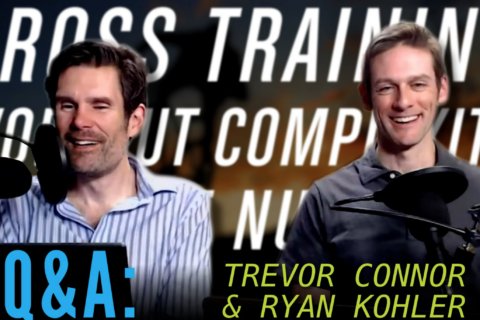
Ryan and Trevor tackle questions on how running can be used in the base season, recovery for time-crunched athletes, the complexity of workouts, pre-race meal planning, and much more.
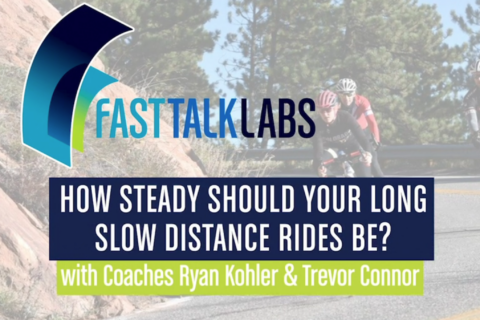
The execution of long slow distance rides might sound simple, but many people struggle to get it right. Can you be too steady on your LSD rides?
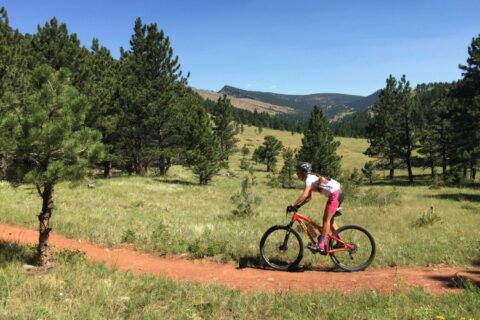
The variable terrain of most MTB trails makes it difficult to keep power steady. So, is it possible to get solid base rides on the mountain bike?
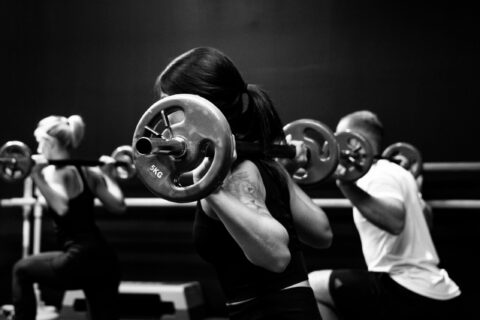
The winter months aren’t for going fast, but for preparing the body for the real training to come this spring.
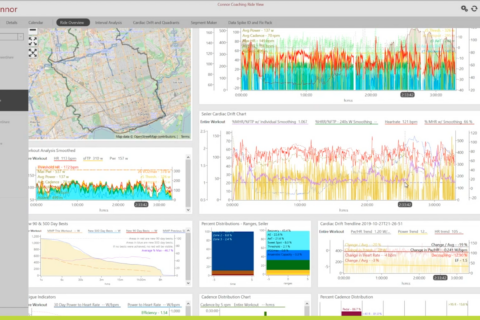
Coaches Trevor Connor and Ryan Kohler analyze ride data from one of Trevor’s LSD (long, slow distance) rides in order to explain the correct execution of one of these fundamental rides.
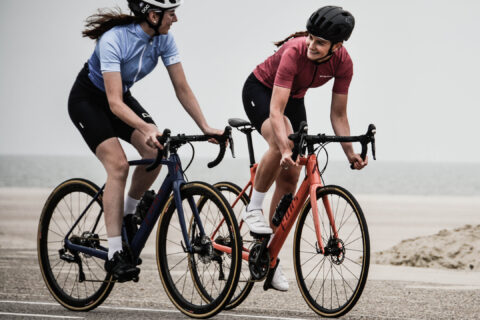
At what intensity should athletes perform long, slow distance workouts? Dr. Stephen Seiler lays out a method for athletes to figure out their own, ideal intensity and duration for low-intensity workouts.
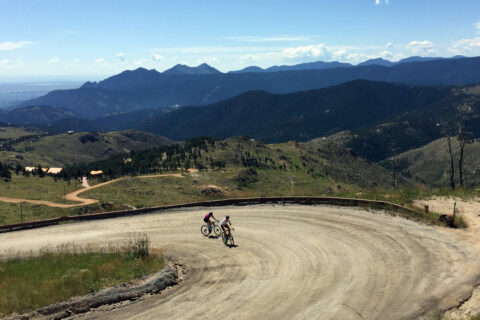
We’re breaking down the three rides you should do – long rides, high-intensity rides, and recovery rides.